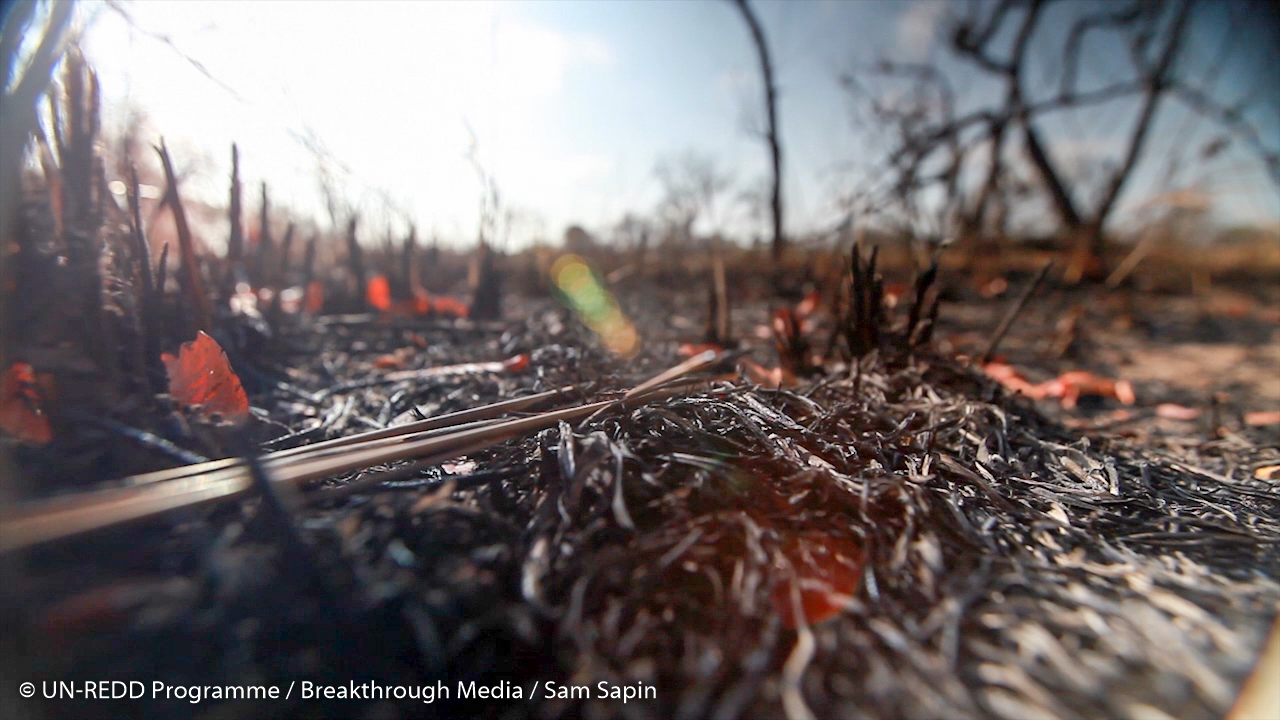Putting an economic value on our natural environmental is difficult both from an ethical and technical perspective. Nature is therefore often regarded as ‘priceless’ and in our globalized economic system, the value of most of nature’s services is generally close to “0”, whether we talk about crop pollination, water regaled by forest ecosystems or other services. However, many people do know in the back of their minds that as we continue to overuse our forest ecosystems, deplete soils and overuse our water resources, at some stage the “rubber will hit the road”. In other words, there will be real economic and financial impacts. For the private sector, a perhaps more pragmatic way to look at natural capital is therefore to identify how changes in our natural environment can positively or negatively affect the costs and revenues of a company.
We are entering an era where water scarcity, deforestation, soil degradation and biodiversity loss will increasingly incur real costs or affect revenues by companies caught unaware. Take the Malaysian palm oil producer ‘IOI Corporation’, which has been on a roller coaster. In April 2016, the Roundtable on Sustainable Palm Oil (RSPO) suspended the corporation due to failure to prevent its subsidiaries from illegal deforestation in Indonesia. As a result, 27 major corporate buyers – including Cargill – suspended and terminated relations with IOI and its share price fell 17%. Then in August 2016, shares rallied 5% on the news that the RSPO will lift its suspension. Moody’s – a credit rating agency – however maintains a “negative credit outlook” on its debt.
Take another example. The south of Brazil experienced a massive drought in 2015, severely affecting São Paulo state that accounts for a third of Brazil's economy and 40 percent of its industrial production. The agricultural sector - including production of coffee and sugar (ethanol) - has been seriously hurt. There is increasing evidence that continued deforestation in the Amazon leads to decreased rainfall. Because of the drought, the Brazilian water firm Sabesp saw Moddy’s change the outlook of its credit rating to negative.
These are just two among a growing number of examples that show how deforestation, forest degradation and other environmental issues can be financially material for companies and for those who have put money into it, such as stock and bondholders as well as banks.
What tools are out there for the private and financial sector to understand the extent to which a company can be affected by natural capital risks?
A good starting point is the Natural Capital Coalition, which has released a Protocol that guides companies step-by-step how to evaluate, measure and value their impacts and dependencies on the natural environment and how to take action.
To understand the financial impacts related to natural capital the Natural Capital Declaration (NCD) is developing a range of tools that directly integrates natural capital in credit risk analysis of loans and bonds and in market valuations of companies listed on stock exchanges.
A water risk tool (equities) developed and released in 2015 by Bloomberg and the NCD enables financial professionals to gauge the extent to which water scarcity affects earnings and potentially the share price of mining stocks using a standard discounted cash flow model (DCF). It found for example in the case Antofagasta, a copper mining company, that the difference between free cash flow in a business-as-usual scenario in 2021 and when taking water risks into account, is about 40% or US$ 2.5 billion.
The NCD has also co-developed a water risk tool focused on corporate bonds. It found that water stress could have a significant impact on credit ratios. In the case of South African utility, Eskom, the model predicts that its debt/EBITDA ratio (which is an important yardstick for the value and riskiness of corporate bonds) will almost triple if the full cost of its water use is internalized.
This story is not only about risks and credit downgrades, there are major business opportunities for companies and investors, including in forestry, agriculture and other land use. The market for green bonds is rapidly expanding with about US$ 600 billion of climate-aligned bonds outstanding in 2015. There are plans to issue the first green bond that would specifically finance commercially-viable projects that have a positive effect on sustainable landscape management. This is being made possible thanks to a growing drive by consumer goods companies to work towards ‘zero-net deforestation’ commodity supply chains effectively creating demand for private finance that leads to lower or zero-net forest impacts.
The UN-REDD Programme is also playing a very active role by supporting partner countries such as Panama, Costa Rica, Kenya and others to identify how the private sector can contribute to achieving REDD+ results. This is particularly pertinent because demand is increasingly driven by the 400 consumer goods companies that have made a ‘zero-net deforestation’ pledge, promising to produce crops with no net loss of forests. It provides a business opportunity for those who boost yields on existing land or make degraded land productive again at low cost.
This is an amended version of an article that appeared in the Portuguese BSCD magazine.



